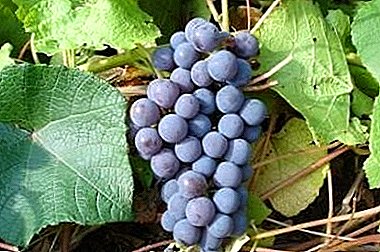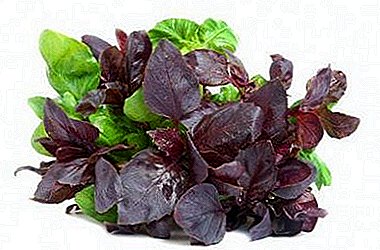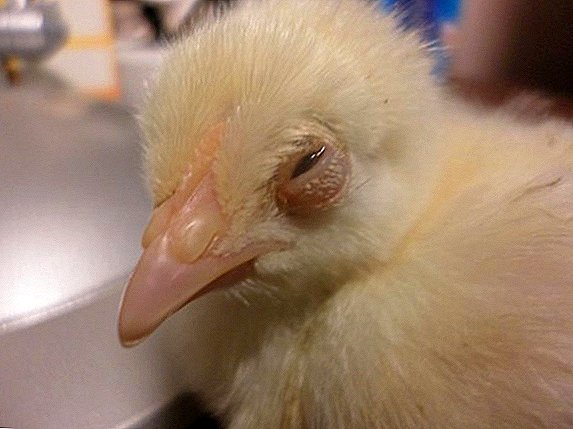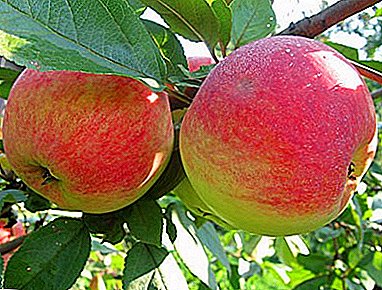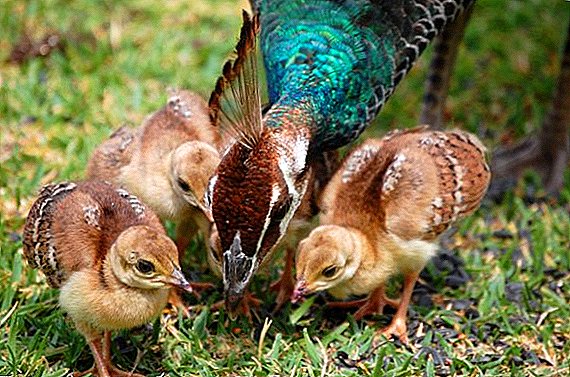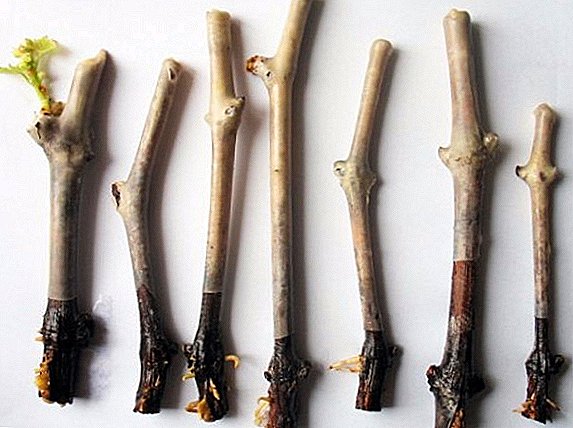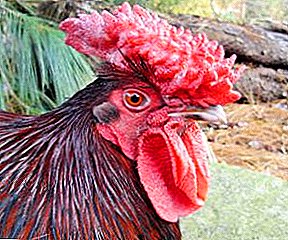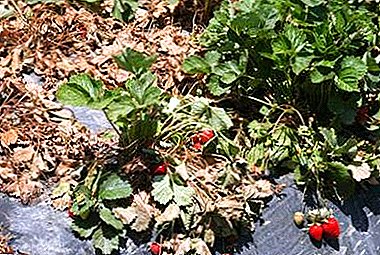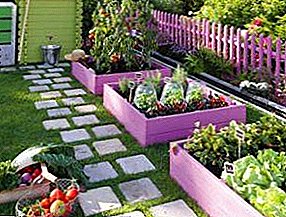
One of the main concerns of gardeners in the fall is the need to plan what will happen next year and where it will grow.
From what bed is intended for cucumbers, and which - for cabbage, will depend, for example, fertilization in the fall or winter crops of garlic and onions.
Let's look at how to properly think through the crop rotation on the plot.
 Many people know that planting monocultures in one place is not recommended. It is believed that identical nutrients are removed from the soil, and because of their lack there will be a decrease in yield for this monoculture.
Many people know that planting monocultures in one place is not recommended. It is believed that identical nutrients are removed from the soil, and because of their lack there will be a decrease in yield for this monoculture.
But this is not the main thing, the balance of nutrition is replenished in a rather simple way - by making the necessary fertilizers. More importantly, many pests and pathogens of this culture are entrenched in this neighborhood.. They are able to annoy plants.
If you do mixed planting together of various plants, then your beds will fly around pests. Each pest flies on a certain smell of the plant. If any foreign smell is added to the native smell, then pests will not lay eggs there.
There is another nuance. The roots of all plants excrete mycotoxins (toxic substances in microdoses) to protect and mark their own borders. If one culture is grown for a long time in one place, then in the soil there will be an accumulation of their excess, which will begin to inhibit this culture.
For this reason, it is not necessary to plant the same plants 2 - 3 times in a row in one place.
In order to correctly change the place of plants, organize crop rotation, it is necessary to know which plants are capable of growing together, and which predecessors are suitable for whom.
Organization of crop rotation in a small area
- First, cucumber is grown, for which it is necessary to add organic matter. It can be sealed in early spring planting radish.
- After him, next year you can grow early potatoes or any of the following crops: celery, parsnip, parsley.
- On the 3rd year, cabbage can be grown on this bed, but you must first add organics for it, and against keel, calcium nitrate. First, we condense the cabbage by planting spinach, and then sowing chervil.
- Then the beet is in line, for which the liming of the soil is necessary. In early spring, beets can be sealed with lettuce.
- Then on this bed they grow onion turnips, but first they bring in organic matter. Onions compacted watercress.
- Behind him grow carrots, planting which is not compacted.
- In the new year, you need to make organic and plant zucchini. After them, you can grow beans or peas, and in the middle of July to plant radishes on the very edge.
- The following year, the beds should be agitated and sow one of the following crops: turnips, radishes or turnips.
- Then organic is applied and peppers are planted under the cover of the film.
- Garlic comes last in line. Then the cucumber is returned again and the organics are added to it.

This queue may seem long, but it can be divided into 2 or 3 parts, and then scroll through each culture, regardless of each other.
Crop compatibility
In small areas it is quite difficult to organize a crop rotation. From this position there are 2 exits:
- Establishing a soil rotation.
- Produce mixed planting on the same bed of different crops.
Compatibility of plants is determined by some indicators.:
By habit: the width and height of the aerial part, and the requirements of illumination. Tall plants should not be shaded undersized, if they are sun-loving. Shade-tolerant undersized crops can be grown in the shade of plants that are higher.
 Plants must have a compatible root system. First of all, because of its prevalence in breadth and depth of the sucking part. It turns out that the root system must be located in the topsoil at different depths, so that there is no competition for food and water.
Plants must have a compatible root system. First of all, because of its prevalence in breadth and depth of the sucking part. It turns out that the root system must be located in the topsoil at different depths, so that there is no competition for food and water.
Plants should have approximately the same requirements for soil structure, fertility and acidity..
There are conditions for plant compatibility. Pests and diseases, feeding and watering, there is also the concept of mutual aid of plants. Antagonism occurs in the exchange of root secretions and the exchange of phytoncides.
It turns out that compatibility is a rather complicated concept. There are certain simplified schemes of interaction of plants, which were formed due to long-term observations of gardeners and agronomists.
It is good to plant raspberries near a plum or an apple tree, and red rowan at the corners of the field with potatoes. You can leave a spruce among the apple orchards only by limiting its root system. Among the berry bushes and under the apple trees, you can scatter the stems and stepchildren of the bred tomatoes, their smell disorients pests.
Not a single plant tolerates the neighborhood of hyssop and fennel. They must be grown in separate corners of the garden. You can not grow strawberries after potatoes because of nematodes, as well as after cabbage, cucumbers and tomatoes.
Soil rotation
The soil rotation is organized on the plot as follows: it is necessary to scatter the soil from under the berry bushes from under the solanaceous crops, and the soil from under the cabbage, onions and pumpkin to make under the solanaceous. Under the cabbage, onions and pumpkin added rotted compost.
When working in a greenhouse, everything is much easier. There, under the flowers, the soil is taken out from under the tomatoes by a layer of 15 cm and the same layer of perfectly rotted compost is applied. It is on him in the new season to grow cucumbers. Tomatoes will move to the place of cucumbers, for which all summer it is necessary to put green organics. These rotted residues will be an effective top dressing for tomatoes, and they should be grown on this bed instead of cucumbers.
Such a global movement of the soil is done once in 3 to 4 years. At this time it will be quite sufficient to annually replace the place of cucumbers and tomatoes. Green crops are best grown in the form of seals among the category of main crops, even in greenhouses, even in the beds.
The fact is that most of them are capable of daring a large number of pests not only from themselves, but also from their neighbors in the garden with their own phytoncides.



